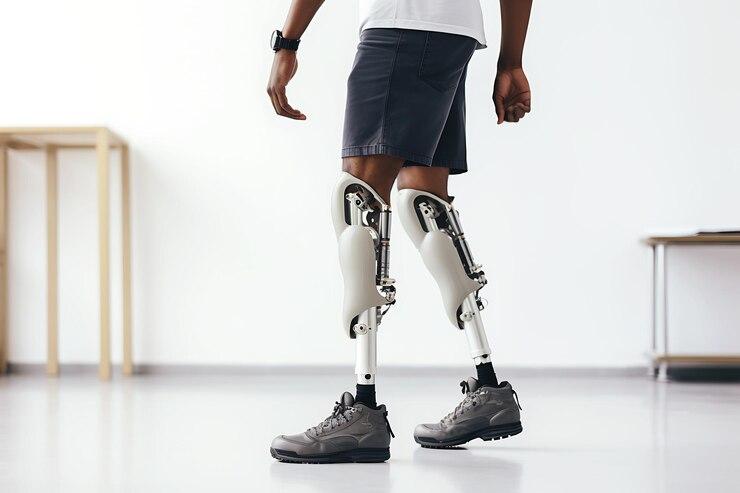Choosing the right artificial leg is a crucial step in regaining mobility and improving your quality of life. Whether due to injury, illness, or congenital conditions, an artificial leg can help individuals lead active, fulfilling lives. This guide will walk you through the process of selecting the best artificial leg for your needs, ensuring you receive the best fit and functionality.
Step 1: Consult a Specialist
The first step in choosing an artificial leg is consulting a specialist. Your healthcare provider or a prosthetist can provide valuable insights into the types of artificial legs available and which one might be best suited for your specific condition. During this consultation, they will evaluate your medical history, physical condition, and lifestyle needs to make informed recommendations.
Step 2: Understand Your Options
Artificial legs come in various types and designs, each suited for different purposes. Some of the main categories include:
- Below-Knee Prosthetics: Ideal for individuals who have had a below-the-knee amputation.
- Above-Knee Prosthetics: Designed for those with an above-the-knee amputation, featuring a knee joint mechanism.
- Partial Foot Prosthetics: Used for amputations affecting part of the foot.
- Sports Prosthetics: Specialized for athletes, providing high performance for specific sports activities.
Understanding these options will help you and your prosthetist narrow down the choices to find the best fit.
Step 3: Consider Your Lifestyle
Your lifestyle plays a significant role in determining the right artificial leg for you. Are you an active individual who enjoys running or participating in sports? Or do you lead a more sedentary lifestyle? Communicate your daily activities and goals with your prosthetist so they can recommend an artificial leg that aligns with your lifestyle.
Step 4: Evaluate Prosthetics Services
When choosing an artificial leg, it’s essential to consider the prosthetics services available to you. High-quality prosthetics services are crucial for the proper fitting, maintenance, and adjustments of your artificial leg. Look for clinics or providers with a good reputation, experienced staff, and a comprehensive range of services, including initial fitting, follow-up appointments, and emergency repairs.
Step 5: Test Different Models
Before making a final decision, it's beneficial to test different models of artificial legs. Many prosthetics clinics offer trial periods where you can wear and test various prosthetic limbs. This hands-on experience will give you a better understanding of the comfort, fit, and functionality of different models, helping you make a more informed decision.
Step 6: Ensure Proper Fit
A proper fit is essential for the comfort and effectiveness of an artificial leg. During the fitting process, your prosthetist will take precise measurements and make necessary adjustments to ensure the prosthetic limb fits securely and comfortably. It’s crucial to communicate any discomfort or issues during this stage so adjustments can be made.
Step 7: Follow-Up and Adjustments
After receiving your artificial leg, regular follow-up appointments are necessary to ensure it continues to fit well and function properly. Over time, your body and needs may change, requiring adjustments or even a new prosthetic limb. Staying in touch with your prosthetics provider and attending follow-up appointments will help maintain the performance and comfort of your artificial leg.
Conclusion
Selecting the right artificial leg is a detailed process that involves consulting specialists, understanding your options, considering your lifestyle, and evaluating prosthetics services. By following these steps, you can find an artificial leg that enhances your mobility and quality of life. Remember, the journey to finding the perfect artificial leg is ongoing, with regular adjustments and follow-ups ensuring it continues to meet your needs.

